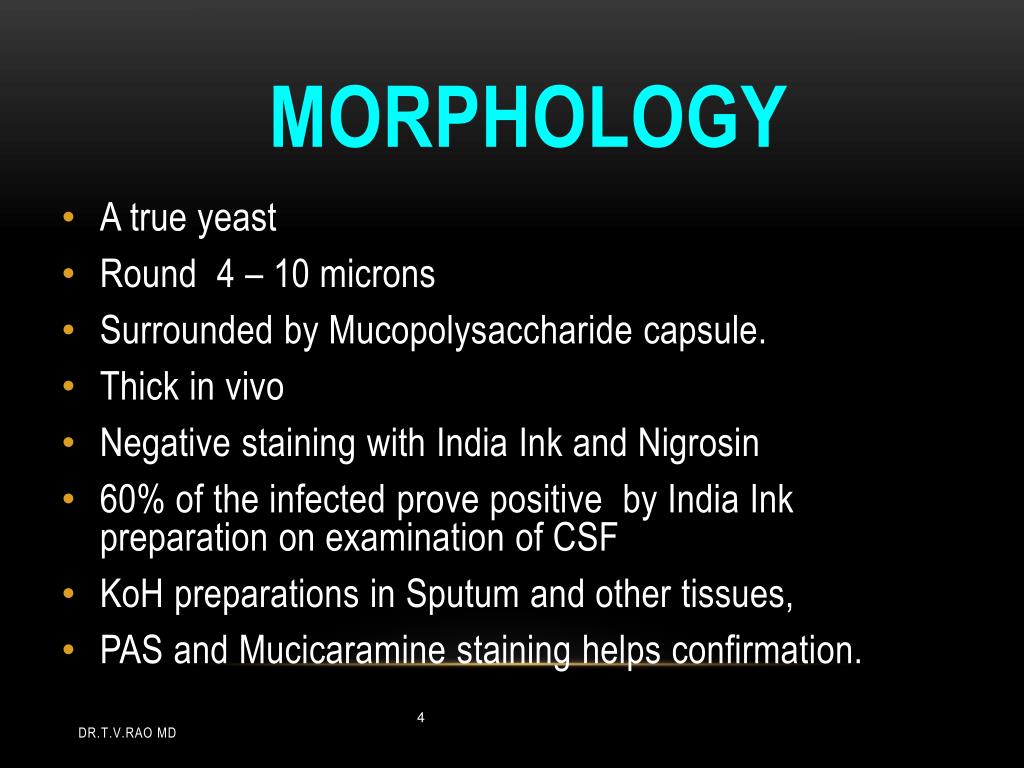
The mortality remains high (15–30%) despite appropriate treatment with amphotericin B and flucytosine. There is a greater than 60% mortality rate in the first three months of infection with 80% of cases occurring in sub-Saharan Africa associated with HIV infection. Cryptococcal meningoencephalitis is associated with the highest mortality rate with approximately one million cases occurring globally per year. More than 1 million cases of Cryptococcus neoformans infections have been detected in AIDS patients annually. Cryptococcosis is not a rare disease globally with the highest number of deaths recorded each year in the first decade of this century being approximately 600,000. Although immunocompromised individuals are more susceptible to cryptococcosis, paradoxically, non-immunocompromised individuals often have a more severe clinical course. Three distinct groups of at risk individuals were identified by the Infectious Diseases Society of America (IDSA): those who are HIV positive, immunosuppressed recipients of organ transplants and a final heterogeneous group of HIV-negative/non-transplant patients. The primary stage of infection will usually, therefore, be found in the lungs with further spread to other organ systems following a hematogenous route. The spores or dried yeast cells will then accumulate and colonize the surface of the respiratory tract where they may remain dormant for years.

Ĭryptococcus neoformans is transmitted to humans mainly by inhalation of airborne organisms from the environment. The association between Cryptococcus neoformans and nervous system infection was first described by von Hansmann in 1905. This encapsulated yeast-like fungus was first isolated from peach juice in 1895, and then was subsequently found in milk, soil, and avian excrement, including pigeons, chickens, parrots, canaries, sparrows, and skylarks. Cryptococcus neoformans, which is responsible for 80% of cases, can cause acute, subacute or chronic disease which most often involves the respiratory and central nervous systems. Death was therefore due to infection by Cryptococcus neoformans.Ĭryptococcosis is a potentially lethal infection most commonly caused by two fungi, Cryptococcus neoformans and Cryptococcus gatti. Histological examination of sections from the central nervous system and lung mass revealed numerous encapsulated Cryptococcus neoformans organisms (Fig. It had an irregular scalloped edge demarcated from the surrounding compressed lung with loose trabeculae separated by gelatinous parenchyma typical of a “toruloma”, the nodular lesion of cryptococcosis (Fig. A mass was also present in the upper lobe of the right lung measuring 40 × 50 × 50 mm. The posterior aspect of the upper thoracic spinal cord showed gelatinous discoloration. Sectioning revealed collapse of both lateral ventricles with cystic areas within both basal ganglia, particularly on the left side in the head of the caudate nucleus and in the lentiform nucleus (Fig. The brain was swollen with flattening of gyri, congestion and hemorrhage in the cerebellar tonsils, and focal subarachnoid opacity due to edema fluid (Fig. The major findings were localized to the central nervous system. Although no further clinical information was available from the autopsy report he had apparently previously been quite well and working.Īt autopsy the body was that of a thin adult male. Several days later he unexpectedly had a generalized fit and died on the ward.

A chest x-ray showed a discrete mass anterior to the hilum of the right lung and a lumbar puncture revealed numerous Cryptococcus neoformans organisms. On admission he had a mild fever with moderate neck stiffness but no localizing neurological signs. Three days prior to admission he had commenced vomiting. Clinical manifestations and possible findings at autopsy are reviewed.Ī 22-year-old man was admitted to hospital with a two and a half week history of generalized headache that worsened when he bent over or ran down stairs. As sudden and unexpected death is an unusual occurrence in cases of cryptococcosis in many forensic settings the following case involving an apparently immunocompetent man is reported from The University of Adelaide Pathology museum archive.


 0 kommentar(er)
0 kommentar(er)
